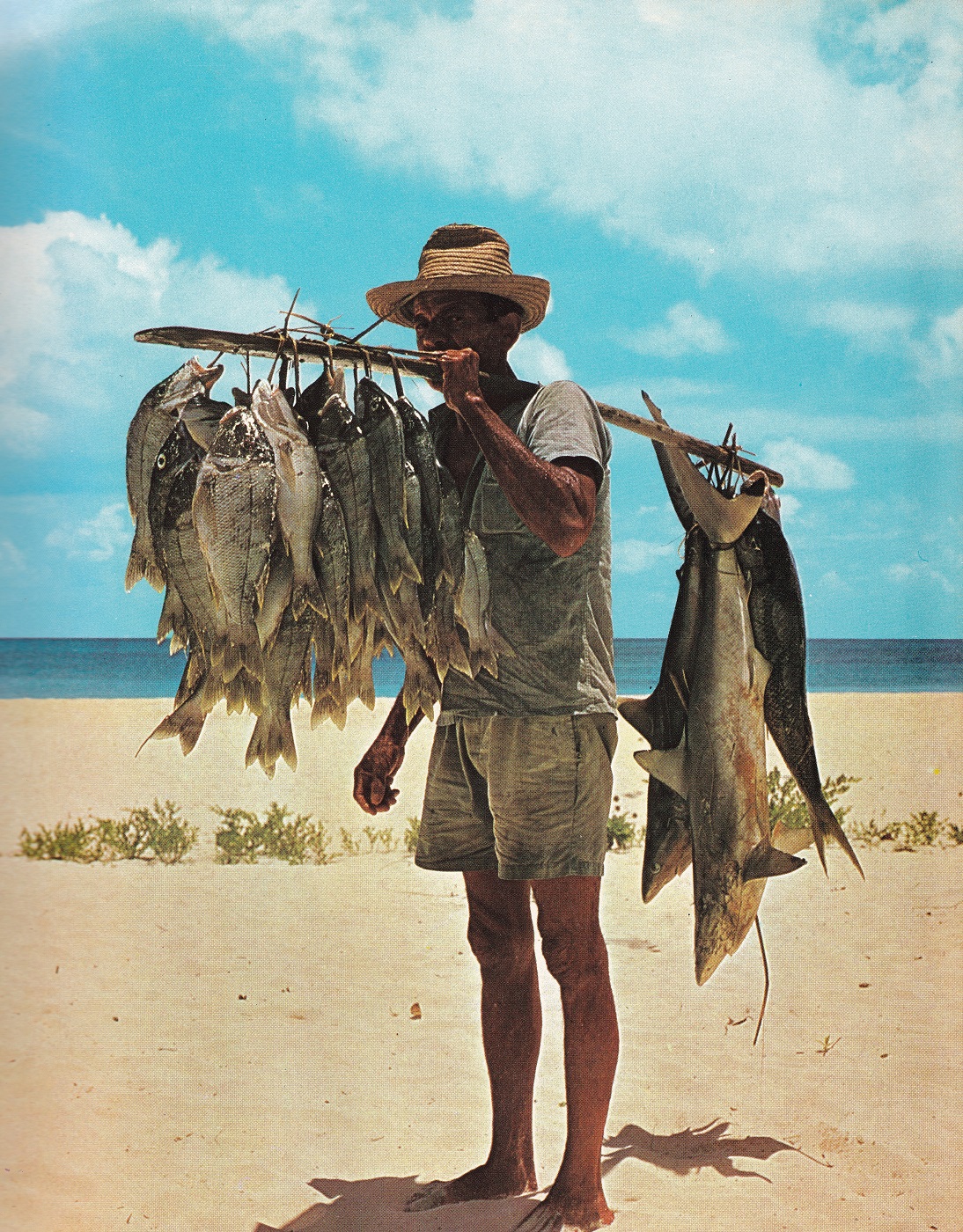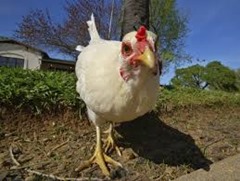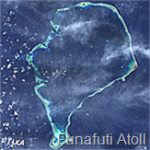
Healthy, productive and protective environments, social systems and economies are the basis of sustainable development and human welfare. The environment is the source of all our raw materials and absorbs the pollution from our activities. In turn, whilst going about our daily business (social and economic) we use the environment and convert its resources and…
















